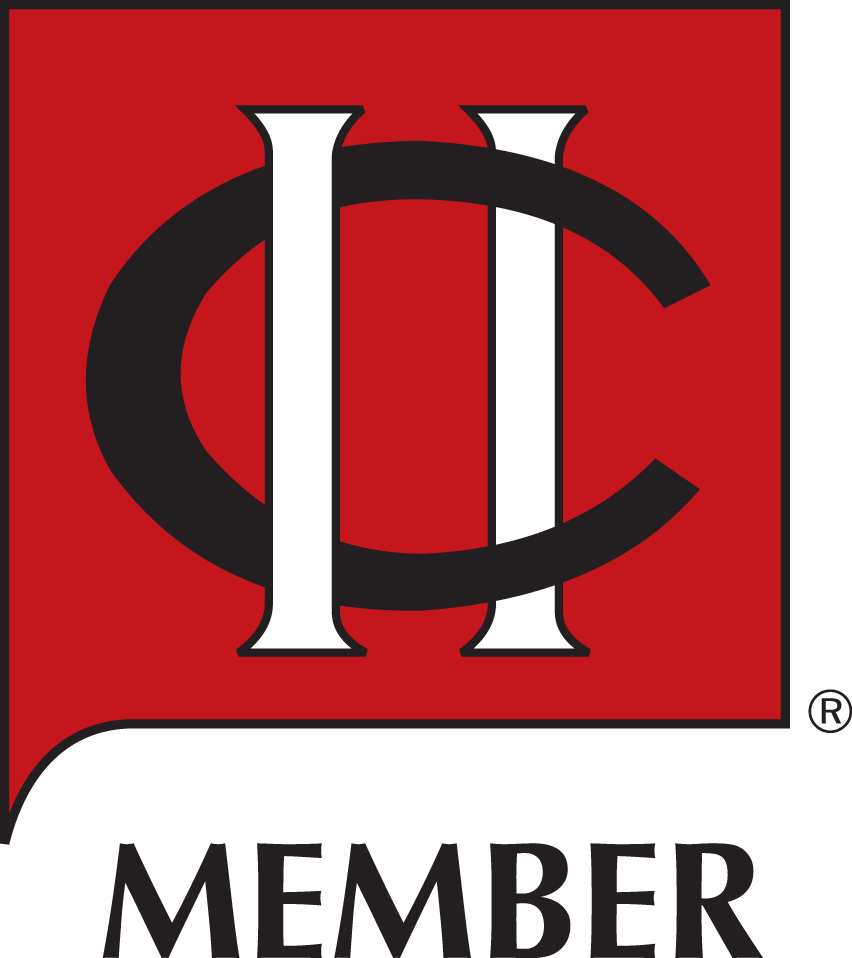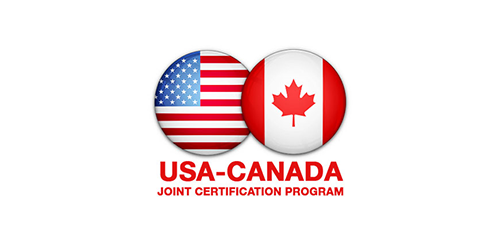FAQs
1 What Alloys Can Be Poured As An Investment Casting?
Generally all ferrous and non-ferrous materials can be investment cast. On the ferrous side, carbon, tool and alloy steel along with the 300, 400, 15-5PH and 17-4PH stainless steels are most commonly poured. Most aluminum, copper base, and other non-ferrous materials can be cast.
In addition, there are the “exotic” alloys used primarily in the aircraft engine industry to produce blades and vanes. These alloys are primarily composed of nickel and cobalt with a variety of secondary elements added to achieve specific strength, corrosion and temperature resistant properties.
2 What Size Range Of Parts Can Be Produced By The Investment Casting Process?
Investment castings can be produced in all alloys from a fraction of an ounce (such as a dental brace for a tooth) to over 1000 pounds (complex aircraft engine parts). Of the approximately three hundred investment casting foundries nationwide, most cast parts in the ounces to 20 pound range. Presently a larger number of foundries are increasing their capability to pour larger parts, and pieces in the 20-120 pound range are very common. Becker Metal Works does parts from 1/4 oz. to 80 lbs.
3 What Are The “As Cast” Dimensional Tolerances I Can Expect?
Typically, a linear tolerance of ±.005 in/in is standard for investment castings. This varies depending on the size and complexity of the part. Subsequent straightening, or coining procedures often enable even tighter tolerances to be held on one or two specific dimensions.
A concerted initial effort between the customer and the foundry's engineering staff can often result in an investment casting drawing for a part that substantially reduces, or completely eliminates the previous machining requirements to produce an acceptable part.
4 What Type Of Surface Finish Can I Expect From An Investment Casting?
Since the ceramic shell is built around smooth patterns produced by injecting wax into a polished metal mold, the resultant casting finish is excellent. A 125 microfinish is standard and even finer finishes (63 or 32) are not uncommon on aircraft engine castings.
Each foundry has its own standards for surface blemishes (positives, negatives), these are discussed and agreed upon with the customer based on the function and cosmetic requirements of the part prior to release of the tooling order.
5 Aren’t Investment Castings Expensive? If So, How Can They Save Me Money?
While investment castings are generally more expensive than forged parts, or those produced by other casting methods, they make up for the higher cost through the reduction of machining achieved by the near net shape tight tolerances that can be held as cast. Many parts that require milling, turning, drilling, and grinding to finish can be investment cast with only .020 - .030 finish stock. Again, it is imperative for the engineering staff of the foundry and the customer to get together and discuss what can, or cannot be cast to determine final finishing requirements and the potential cost savings.
6 How Many Pieces Do I Need To Make Buying An Investment Casting Practical?
Not as many as you would think! Tooling amortization is a key factor in determining whether, or not an investment casting is practical. The machine tool industry will often specify an investment casting on 25 pieces of a new part. This is bought once and after that only one or two pieces at a time for replacements. Conversely, quantities exceeding 100,000 parts per month are produced by some foundries largely for automotive use. The bulk of investment castings produced fall in the 100-10,000 piece annual range.
7 What Type Of Tooling Or Pattern Equipment Is Necessary?
Typically, a split cavity metal mold is manufactured that is the “female” mold from which the “male” wax patterns are produced. Depending on the complexity of the casting, various combinations of aluminum, ceramic or soluble cores may be employed to yield the desired configuration. Most tooling for investment castings fall in the $1,000 - $10,000 category.
8 What About The Integrity Of An Investment Casting? Will I Have Problems With Porosity And Shrinkage That Is Usually Nonexistent In Bar Stock Or Forgings?
Investment castings are used for many critical applications that require the parts to be x-rayed and meet definite soundness criteria. The integrity of an investment casting can be far superior to parts produced by other methods.
9 What Are The Lead Times I Can Expect When Ordering An Investment Casting?
Lead times depend primarily on part complexity and foundry capacity. Generally 6-12 weeks is typical for tooling and sample castings and 6-12 weeks for production.



